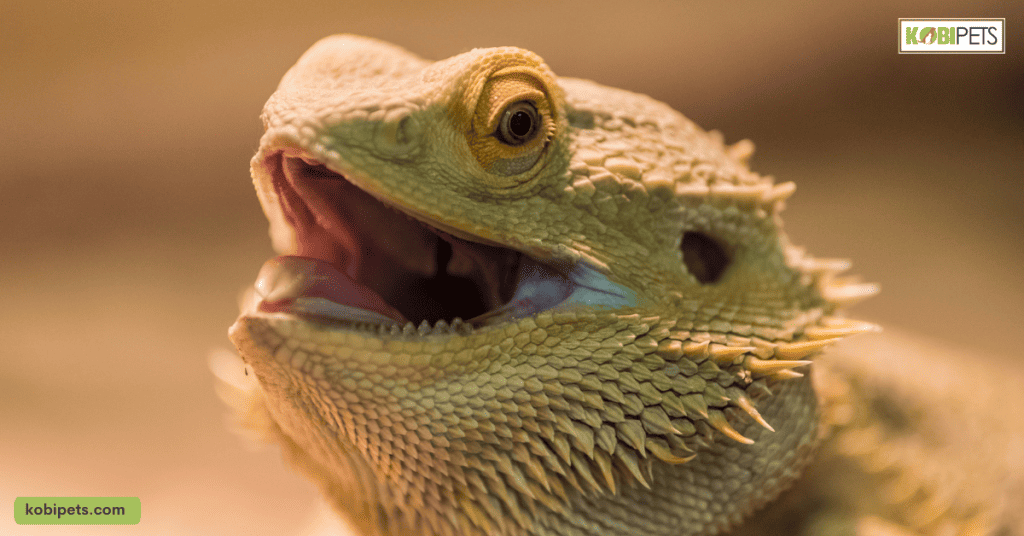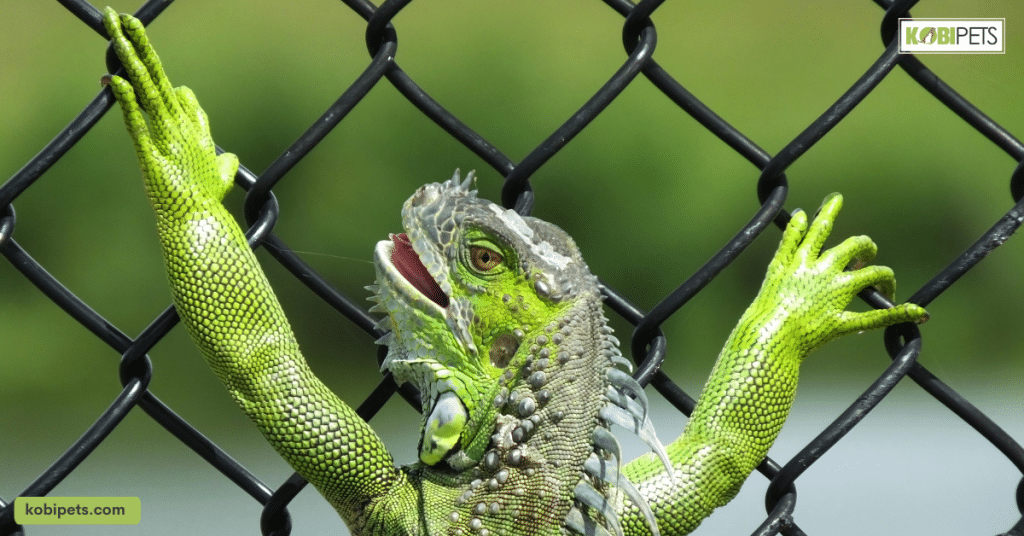
Reptiles are a diverse group of animals with a unique set of abilities that often go unnoticed. Their incredible adaptability allows them to thrive in a variety of environments, from deserts to rainforests. From the chameleon’s unmatched camouflage skills to the astonishing ability of some snakes to sense infrared radiation, these 10 remarkable abilities of reptiles are sure to leave you in awe of the natural world.
Reptiles, often overlooked, wield a stunning array of abilities that shape our natural world. In this article, we’ll uncover ten remarkable feats that highlight the awe-inspiring diversity of these creatures. Prepare to be astonished by the hidden talents of reptiles as we delve into their extraordinary world.
1. Incredible Camouflage Skills
The chameleon, often hailed as nature’s master of disguise, possesses an extraordinary ability to change both the color and texture of its skin for camouflage. This remarkable adaptation serves as a dual-purpose survival tool, aiding in both hunting and evading predators. Behind this color-shifting wizardry lies a complex system of specialized cells known as chromatophores, which respond to factors like mood, temperature, and even light.
These cells expand or contract to reveal different pigments, allowing the chameleon to blend seamlessly with its surroundings. Whether stalking prey or avoiding danger, the chameleon’s camouflage skills are a testament to nature’s artistic and defensive ingenuity.

2. Sensational Thermal Vision
The world of pit vipers and boas is a realm of darkness where traditional vision is of little use. However, these reptiles possess an astonishing sensory adaptation – thermal vision. They rely on specialized heat-sensing pits, known as pit organs, to detect infrared radiation emitted by warm-blooded prey.
This ability grants them an exceptional advantage in locating prey, even in pitch-black conditions. The pits can detect temperature differences as small as 0.003 degrees Celsius, providing precise targeting for striking. Whether they’re hunting in the dead of night or concealed in dense vegetation, the thermal vision of pit vipers and boas showcases the incredible diversity of reptilian senses.

3. Extraordinary Regeneration
Certain reptiles possess an awe-inspiring ability that few animals share – the power of regeneration. Lizards, in particular, have the remarkable capacity to regrow lost body parts, including their tails. This feat is made possible by a sophisticated biological mechanism that involves specialized cells known as blastemal cells.
When a lizard loses its tail, these cells rapidly divide and differentiate, reconstructing the lost appendage with astonishing precision. This adaptation is not just a spectacle; it’s crucial for survival. Lizards use their regrown tails for various purposes, from distracting predators to maintaining balance during complex maneuvers. The phenomenon of regeneration in reptiles is a testament to the incredible resilience of these creatures.

4. Impressive Underwater Breath-Holding
In the aquatic realm, reptiles like turtles and crocodiles exhibit an impressive adaptation that allows them to remain submerged for extended periods – remarkable breath-holding abilities. These reptiles have evolved specialized respiratory systems and behaviors that enable them to excel in underwater environments.
Turtles, for instance, can slow down their metabolic rate and extract oxygen from water through highly vascularized tissues in their cloacas. Crocodiles use a similar mechanism, allowing them to hold their breath for astonishing durations while stalking prey or basking in the sun. These adaptations are essential for their survival, enabling them to thrive in both aquatic and terrestrial ecosystems with unparalleled finesse.

5. Venomous Mastery
Within the reptilian world, a diverse array of venomous species, from snakes to Komodo dragons, have perfected the art of using venom for hunting and defense. Their venomous adaptations are nothing short of astonishing. Venomous reptiles possess specialized glands that produce toxic cocktails, designed to immobilize prey or deter would-be attackers.
The potency of reptilian venom varies widely, from the lightning-fast strikes of venomous snakes to the septic bite of the Komodo dragon. These adaptations represent some of nature’s most lethal and finely tuned biological weaponry, offering a fascinating glimpse into the predatory strategies of these reptilian masters.

6. Unbelievable Climbing Prowess
Geckos and tree-dwelling snakes are renowned for their seemingly gravity-defying abilities to climb nearly any surface with ease. This astonishing adaptation lies in the specialized structures on their feet, which are equipped with millions of tiny hairs called setae. These setae generate a weak molecular attraction known as Van der Waals forces, allowing these reptiles to adhere to surfaces, whether they’re smooth, rough, or even upside down.
Furthermore, the structure of their toes and the way they move them contribute to their remarkable climbing prowess. This adaptation showcases the extraordinary diversity of reptilian anatomical and physiological adaptations, enabling them to thrive in diverse habitats.

7. Superb Echolocation
While echolocation is commonly associated with bats and dolphins, some snakes, like the boomslang, have harnessed this extraordinary sensory ability to navigate their surroundings and locate prey. These reptiles emit a series of clicks or hisses, and by listening to the echoes bouncing back, they create a mental map of their environment.
This adaptation enables them to hunt with impressive accuracy, even in conditions where vision is limited or obstructed. The exquisite echolocation skills of certain snakes highlight the remarkable diversity of sensory adaptations within the reptilian world.

8. Exceptional Longevity
Tortoises, with their enduring presence, defy the expectations of longevity in the animal kingdom. Some tortoise species can live for well over a century, a feat attributed to a combination of factors. Their slow metabolic rate, efficient energy use, and protective shells contribute to their remarkable lifespan.
Additionally, their longevity has ecological significance, as these ancient creatures serve as keystone species in various ecosystems, shaping vegetation and providing habitat for other wildlife. The exceptional longevity of tortoises is a testament to the wonders of evolutionary adaptation and the role they play in maintaining ecological balance.

9. Advanced Parental Care
While reptiles are not typically associated with parental care, there are remarkable exceptions, such as crocodiles that diligently guard their nests. This unexpected behavior represents an evolutionary development aimed at increasing offspring survival rates. Female crocodiles invest significant time and effort in constructing nests, laying eggs, and fiercely protecting their young from predators.
This parental care strategy, evolved over millions of years, ensures the survival of the next generation and highlights the complex social behaviors and adaptations that can be found even in seemingly solitary reptilian species.

10. Astonishing Sensory Adaptations
Reptiles possess a fascinating array of sensory adaptations that allow them to perceive their environments in unique ways. One striking example is the forked tongues of snakes, which are essential for scent detection. These tongues collect scent particles from the air and ground, allowing snakes to create a three-dimensional olfactory map of their surroundings.
This adaptation aids in locating prey, identifying predators, and even finding potential mates. The sensory adaptations of reptiles, from heat-sensing pits to vibration detection, demonstrate their ability to thrive in diverse habitats by utilizing a rich palette of sensory cues.

Conclusion
In the world of reptiles, diversity and adaptability reign supreme. Through the exploration of ten remarkable abilities, from the chameleon’s camouflage to the sensory prowess of snakes, we’ve uncovered the awe-inspiring feats that have allowed these creatures to flourish in a variety of environments.
Reptiles have shaped ecosystems, defied expectations, and evolved extraordinary survival strategies over millions of years. As we conclude this journey into the lesser-known wonders of the reptilian world, it’s clear that these often underestimated creatures are a testament to the boundless ingenuity of nature.






